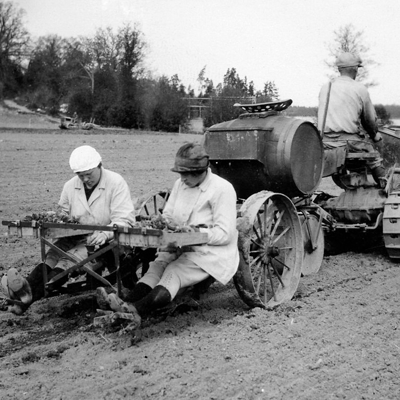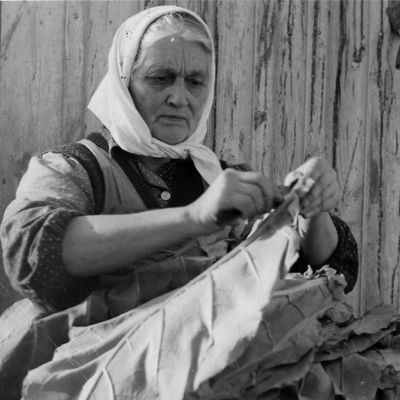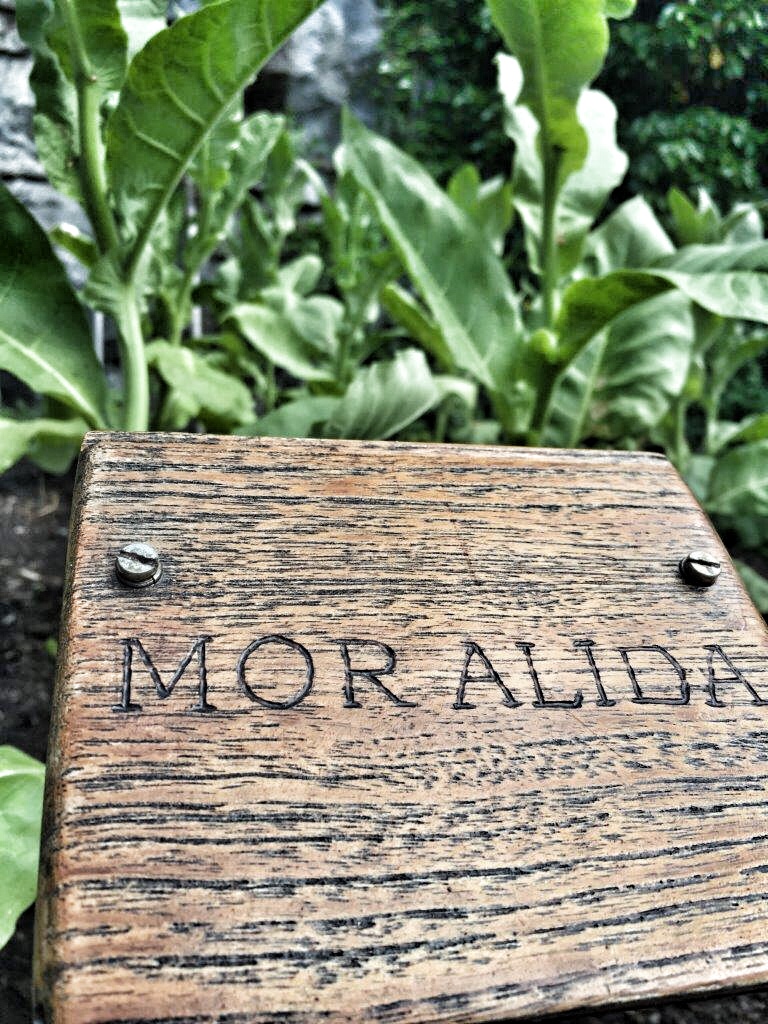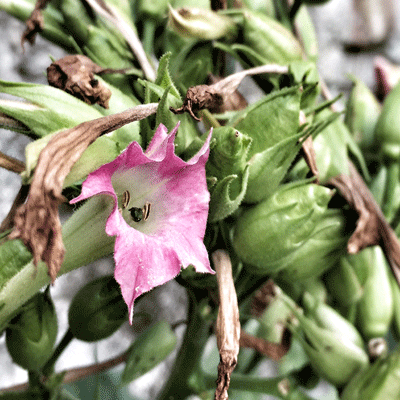At the museum, we have our very own tobacco plantation. The tobacco growing on our plantation are the descendants from the legendary Swedish tobacco farmer Mor Alida, who had her plantation in Åhås, Sweden. From her last harvest in 1964, she saved seeds and gifted them to the museum collections. However, the seeds were lost for four decades. Once they were found again, a big project started, incorporating scientists and several gardeners with experience of historical plants, with the aim of reviving them once again.
So in 2004, hundreds of those seeds from Mor Alida's last crop were planted, but only one grew. Luckily, from this one beautiful strong plant, we were able to collect new seeds every summer since we plant the seeds harvested from the year before. And in such fashion, we make Mor Alida's heritage live on.
Tobacco farming was a common practice in Sweden, and at the beginning of the 1700s, Swedish King Fredrik I, who was inspired by mercantilistic ideals, even ordered every town in Sweden to start growing tobacco. Rather than importing, he wanted to start exporting, and as tobacco was one of those products that Sweden was importing large amounts of, it resulted in this decree.
Tobacco cultivation in Sweden was a female occupation, and farms and knowledge were handed down from mother to daughter. The tobacco plant only can grow during the summer, and during this season young women would come from small towns to work on tobacco plantations.
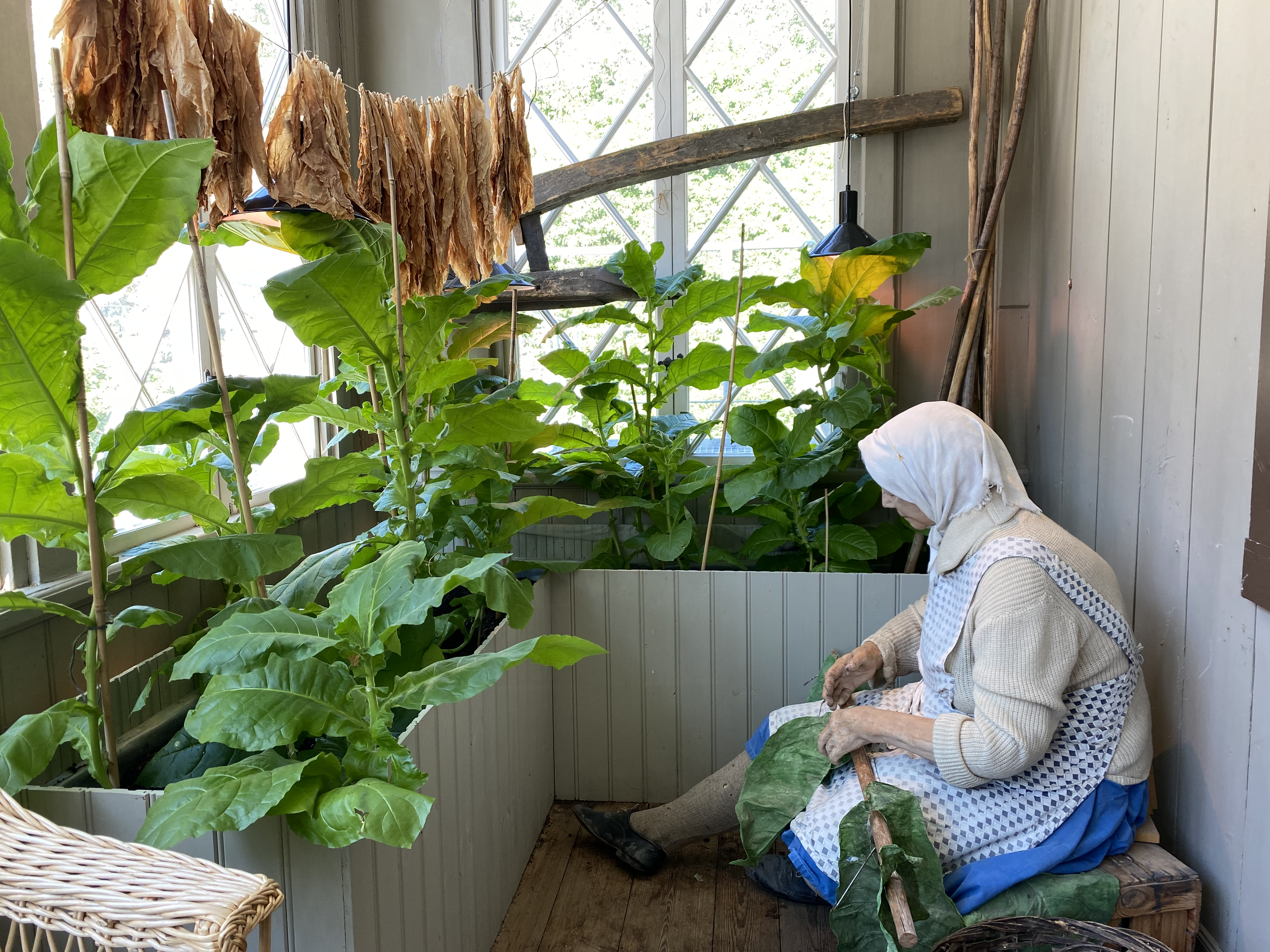
In the museum's own historical tobacco the tobacco sort 'Alidatobak', named and crossbred by Mor Alida Olsson, the legendary Swedish tobacco farmer, grows each year. They even sprung form her last harvest in 1964.


